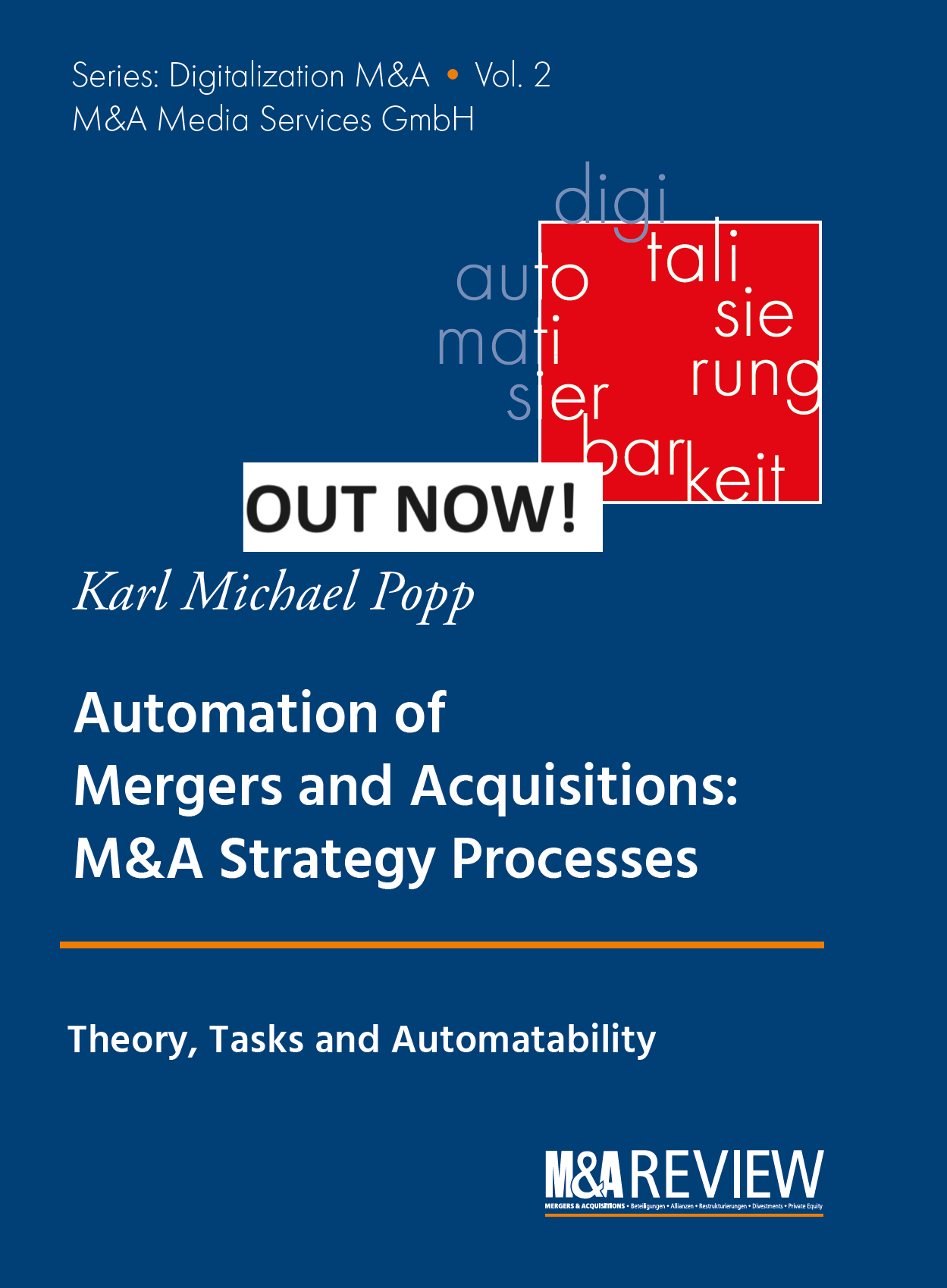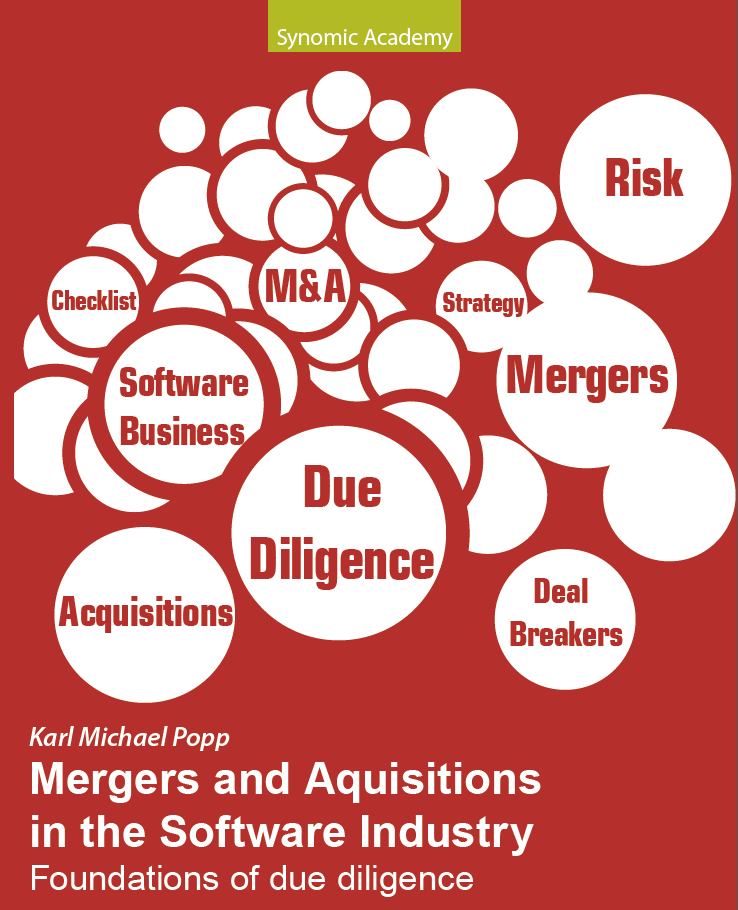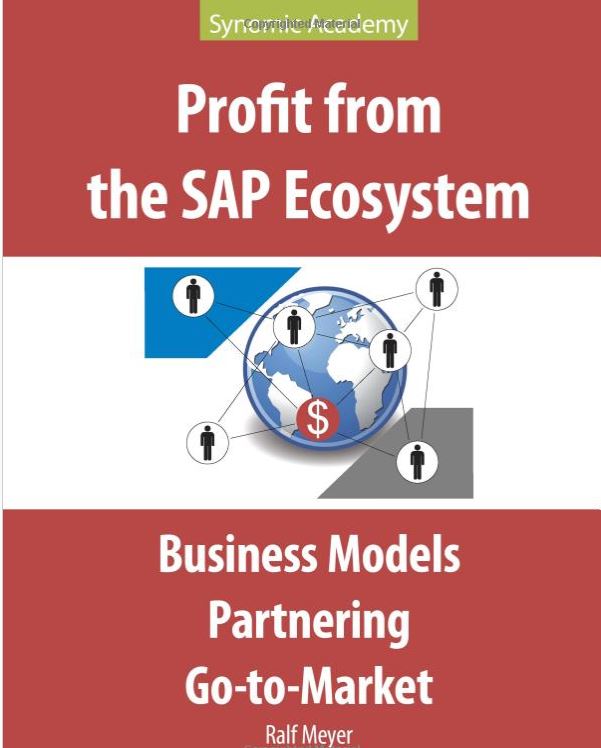Strategy 101: Modeling Strategy with Strategic entities
Strategic assumptions, goals and entities
In a simplified view, you could say that a strategy consists of strategic goals and measures under certain assumptions about strategic entities, i.e. the company, its ecosystem including the competition and its business and operational models as well as its capabilities.
Let´s say, strategic assumptions are descriptions of the current or future state or change of state of strategic entities and strategic goals are definitions of the future state of one or more strategic entities.
So, Strategic goals and strategic assumptions relate to strategic entities. Strategic entities contain certain elements of the data model for M&A, that are strategically relevant for the buyer company. Examples for strategic entities are Market of the target, Target business model, Buyer customer, Product of the target, Regulatory authority and many others.
Figure 1: Strategic goals and strategic entities
Reasons for using strategic entities
Why do we use strategic entities? There are two reasons. First, since we have a holistic model, we know which tasks relate to which data objects. So we can automatically derive to which tasks the strategic goals apply by “following the path” from data objects to tasks in the company.
Here´s an example. Let us assume the strategy of a company is to be the price leader by always providing the lowest prices to potential customers. In our model we can derive all tasks that work on prices or set prices. So all of these tasks have to comply with the strategic goal of being price leader.
The second reason is that we try to avoid incompleteness of strategy. By having an exact set of strategic entities, we can enforce having strategic goals for each of the strategic entities to avoid blind spots in our strategy.
Real life examples
Strategic entities are not just a few, single data objects. They are views on the data model. If you look at a strategic entity called Target Product, you come up with at least the following data objects from our data model: Price of the target products, Discount rules of the target product, Product complementarity between target´s and buyer´s products, Substitutes for target products etc. as displayed in this figure.
Figure 2: Strategic entity Product of the target
In reality, the strategic entity Target Product is a lot more complex. In my tool, i have modeled and stored very detailed models of strategic entities. Here´s the detailed model of Target Product.
Figure 2: Detailed model of the strategic entity Product of the target
Read more in my upcoming book on M&A strategy and in my book about due diligence automation.









